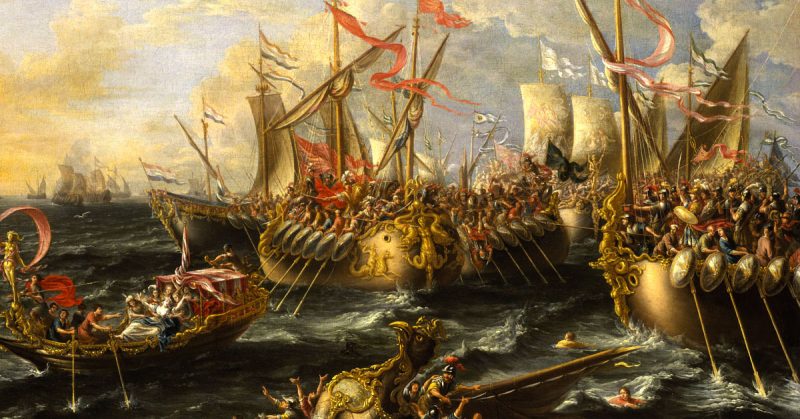The timbers would have been unusually massive to fit the dimensions of the battering rams, and it is possible that some of the ships were up to 131 feet (40 meters) long.
Historians and archaeologists are releasing information from a comprehensive examination of a Greek victory monument. The team was able to find details in the structure that gives clues about the terrible battle that led to the formation of the Roman Empire.
The monument, erected near the sea in northwestern Greece, contains references to a sea battle in 31 BC that was fought between Queen Cleopatra of Egypt and Octavian, the son and heir of Julius Caesar, and the first emperor of Rome.
The remains of the monument still stand near Nicopolis, the largest ruined city in Greece. The monument site looks out over the site of the battle near the Greek religious sanctuary of Actium.
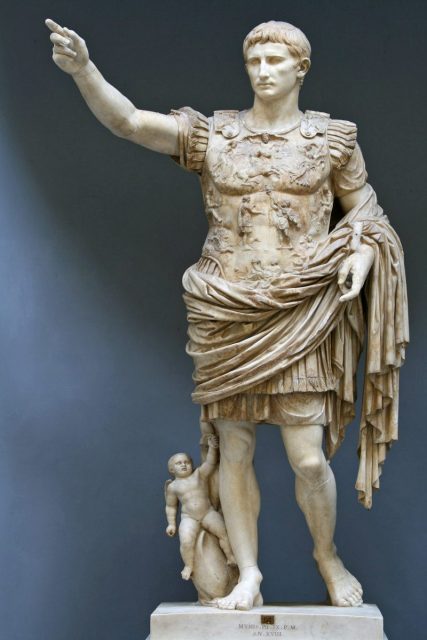
Historians have long believed that the Egyptian ships were larger and less maneuverable than the Roman ships. Supporting this theory, examinations of the monument reveal unusually large ships in the Egyptian fleet. Octavian would, therefore, have had a naval advantage with his smaller and quicker ships.
Knowing this, archaeologists were able to gain an understanding of Octavian’s battle tactics.
The latest findings come from examinations of approximately 35 niches set in the front of the monument. According to a Roman poem from the first century AD, the niches contained the battering rams of some of the Egyptian vessels. Some of the niches have only been excavated in the last two years.
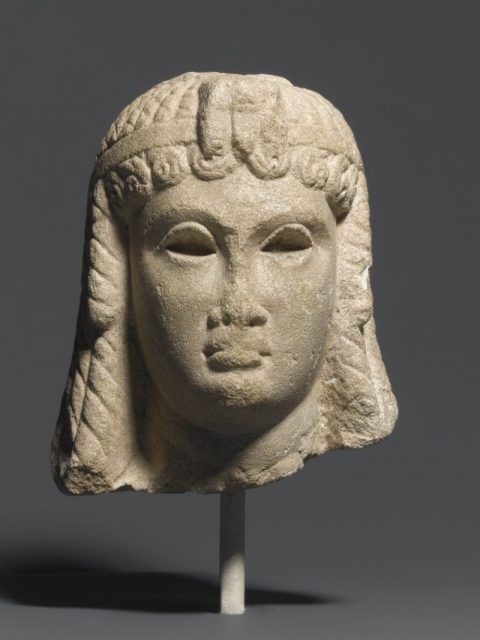
Octavian captured 350 ships from Cleopatra’s fleet and chose to integrate the battering rams of 35 of them into the monument.
https://youtu.be/eN1IML5g34I
By analyzing the niches, archaeologists were able to determine that they had been created to hold specific rams of varying shapes and sizes. This allowed to work out the size of the “wale” timbers that held the ships together and absorbed the shock of the battering rams. The timbers would have been unusually massive to fit the dimensions of the battering rams, and it is possible that some of the ships were up to 131 feet (40 meters) long.
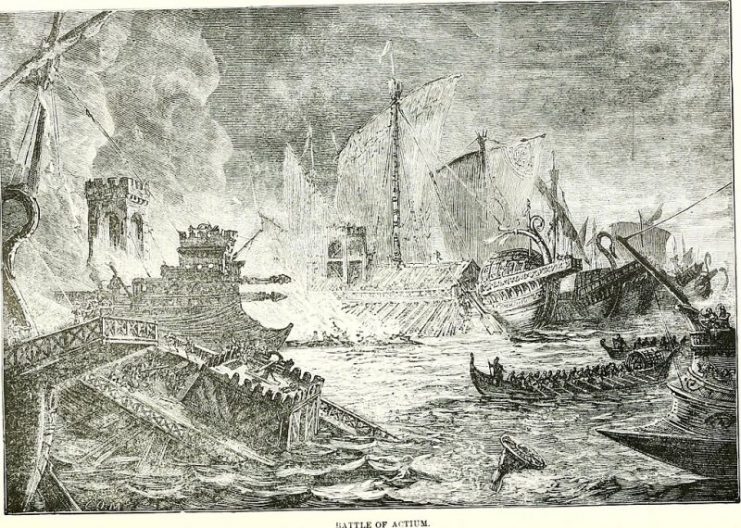
The team believes that continued analysis of the niches will provide further details of the Egyptian fleet in the battle. This will also aid understanding of the military power and capabilities of the ships involved in the battle.
Until this point, those studying the battle had no way of determining the ramming power that the ships were capable of producing. This research is expected to help historians appreciate how Octavian’s tactics prevented Cleopatra from making use of the weapons at her disposal.
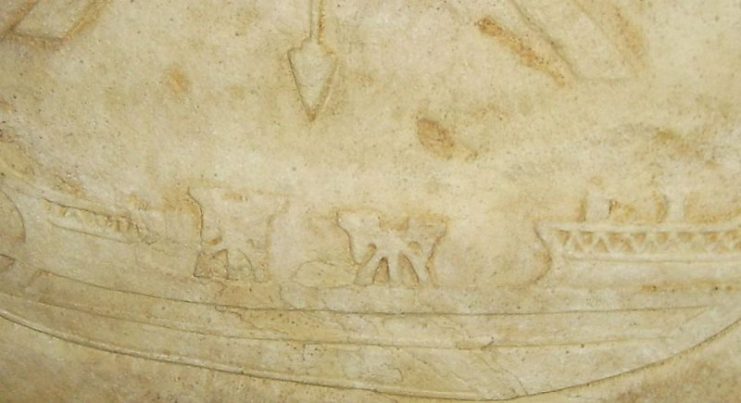
The evidence seems to indicate that the battering rams on some of the Egyptian vessels were quadruple the size of the largest battering rams that have been found elsewhere by archaeologists.
The largest of the niches was built to hold a 5.5 foot (1.7 meters) wide ram. Other niches suggest ram sizes up to 5.2 feet (1.6 meters) in height and as long as 8 feet (2.5 meters).
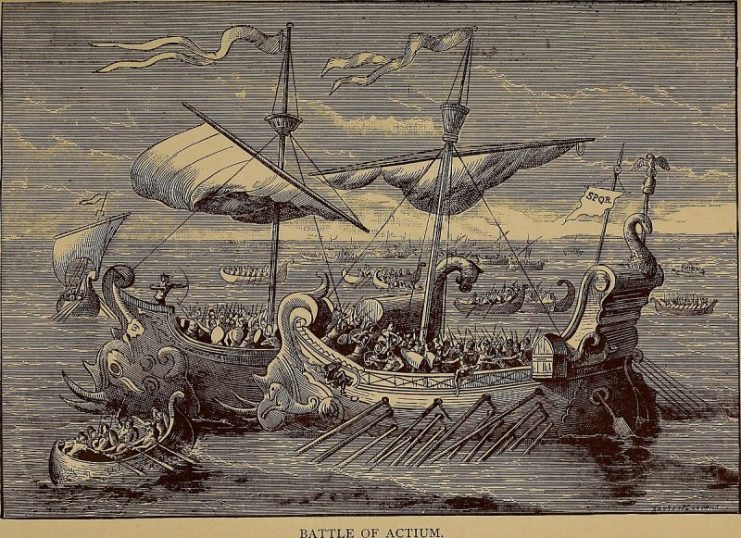
Battering rams were generally used to break through the defenses at harbor entrances. Historians believe that in this particular battle, the rams were intended to smash enemy ships below the waterline and cause them to sink.
Of the 35 rams on display, 20 were very large and the other 15 were massive. The largest were contained in niches at the eastern and western ends of the monument.
Read another story from us: Mysterious Fate of Zenobia: The Palmyra Queen Who Defied Rome
Archaeologists have been excavating and investigating the monument for 16 years, but 35 of the niches were only excavated a year and a half ago.
The Greek Ministry of Culture released the findings along with the Stavros Niarchos Foundation at an international archaeological conference in San Diego, California that was hosted by the Archaeological Institute of America.
